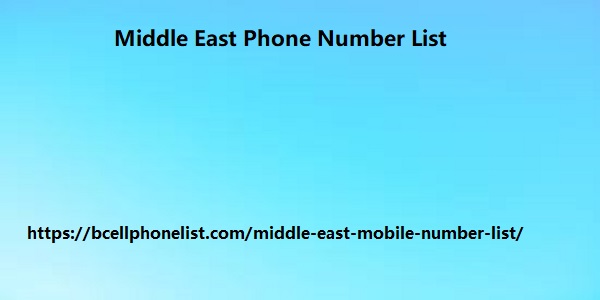|
阅读:353回复:0
Fake news' moves 212 million euros a year: this is how the mud machinery worksFake news moves 212 million euros a year in online advertising revenue, according to an estimate by the Global Disinformation Index. This study affirms that income comes from web pages and also from social networks and the dissemination of fake news is monetized thanks to the use of tools such as Google Ad Sense. Some advertisers, like Nestlé. McDonald's and Disney have even withdrawn their advertising from YouTube after their advertising appeared in videos linked to pedophilia. Discover more stories on Business Insider Spain . Fake news is a powerful instrument. They can destabilize governments, change the opinion of the electorate and influence consumer opinions. Its effects are known, but not so much are the subjects who carry out these actions by spreading false information from websites and social accounts and who bill thousands of euros . This is a real market that, according to estimates by the Global Disinformation Index , moves 212 million euros per year. As? Through advertising, placed on websites often at the expense of advertising companies , which through their banners attract enormous resources to the pockets of those who play with the truth for profit. Read more: WhatsApp limits the forwarding of messages to fight against 'fake news': this is how it will affect you The estimated figure comes from research carried out on 20,000 websites and, according to an official Middle East Phone Number List from the organization, it is just the tip of the iceberg. The banners found on the websites are not neutral, but are customized according to our preferences. The data that users disseminate on the web is collected and organized into categories, using specific features that are extracted from the profile information, such as age, sex or location, among others. 
It is not about a dozen characteristics, but thousands of channeled information, which can be up to 52,000. The result is a precise analysis that serves to portray the profile of consumers to propose personalized advertisements , whether of a business, social or political nature. Banners are generated in an infinitesimal time frame, approximately 150 milliseconds, which is strictly necessary to appear once the web page is opened . According to the organization responsible for this study on fake news , one of the problems is precisely this technique, which does not leave room for the review of websites, allowing ads to be placed next to inappropriate content or erroneous information . Read more: Facebook has just signed Newtral, Maldita and AFP to combat 'fake news' in Spain The problem not only affects websites, but also social networks . Some companies have rushed for cover. In February, for example, Nestlé, McDonald's and Disney suspended advertising campaigns on YouTube after learning that their ads had appeared at the beginning of videos widely discussed by pedophiles. |
|

